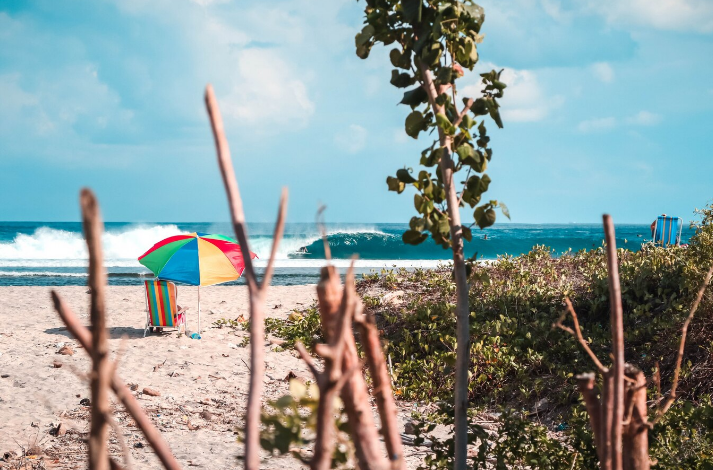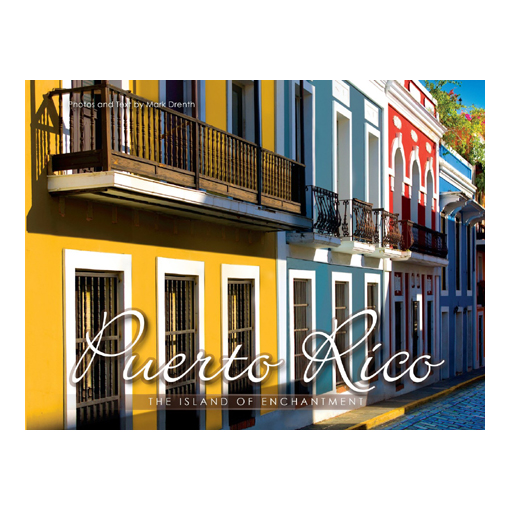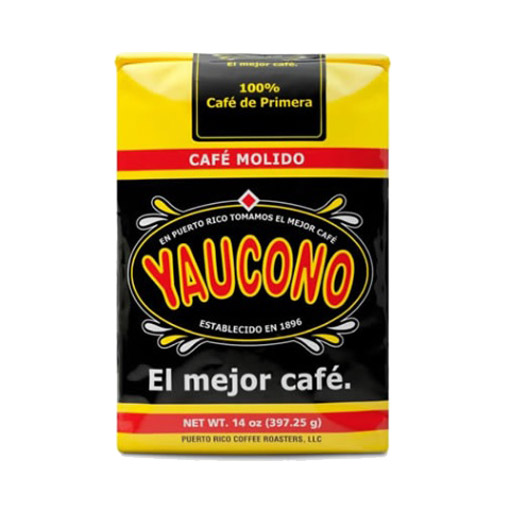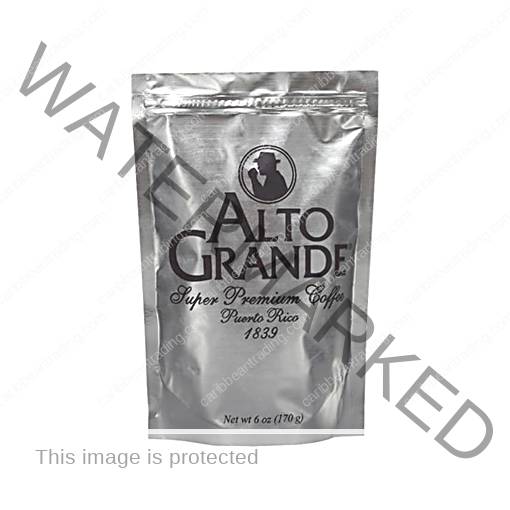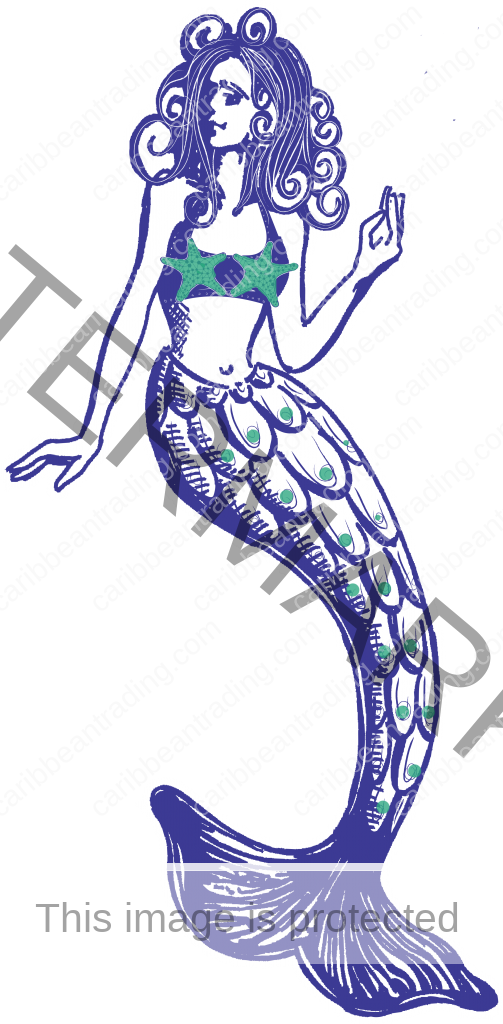Travel Tips
Visiting Puerto Rico: What to Keep in Mind Depending on Your Country of Origin
Puerto Rico is a stunning Caribbean island with a rich blend of Spanish, African, and Taíno influences that offer visitors a unique experience. Known for its tropical beaches, vibrant cities, historic sites, and warm hospitality, Puerto Rico is a popular destination for travelers worldwide. However, the experience of visiting the island can vary depending on where you’re from, as different factors such as visa requirements, language, currency, and cultural expectations may come into play. This article will guide you through what to consider when visiting Puerto Rico, depending on your place of origin.
The official currency of Puerto Rico is the United States Dollar (USD), just like U.S. mainland. This is great because it makes it easy for American visitors as no currency exchange is needed. It’s common for natives to call it “peso” and a centavo (penny), or a “chavito”. U.S. dollar bills and coins are universally accepted, and major credit cards and ATMs are common, though carrying some cash for smaller purchases is recommended.
1. For U.S. Citizens: A Home Away from Home
If you’re traveling from the U.S., Puerto Rico feels familiar almost immediately. Not in a boring way, just in a comfortable one. You don’t need a passport if you’re a U.S citizen, which still surprises some people, and the whole process feels more like a domestic trip than an international one. You land, grab your bags, and that’s basically it.
Money is simple too. Dollars are used everywhere, cards work fine, and there’s no moment where you’re standing at a counter doing mental math. Renting a car is easy since your U.S. license works, and even healthcare operates under systems Americans already recognize. Spanish is what locals speak day to day, but English shows up constantly, especially in tourist areas. You won’t get stuck, though trying a bit of Spanish usually goes a long way.
2. For European Travelers: A Taste of the Tropics with European Flare
The place is a fascinating destination for Europeans travelers often notice the history first. The buildings, the layout of old towns, the churches — it all hints at Spain long before the Caribbean vibe fully kicks in. That mix is part of what makes Puerto Rico interesting if you’re coming from Europe.
Entry rules follow U.S. law, so many travelers will need an ESTA, while others may need a visa. It’s not complicated, but it does require planning. Once you arrive, daily life is easy enough. The U.S. dollar is used everywhere, ATMs are common, and cards are widely accepted. One thing worth mentioning is online caution. Some visitors, especially those unfamiliar with U.S.-based platforms, run into sketchy websites. Sticking to known services avoids most problems.
You will also notice the distinct blend of African and indigenous Taíno culture that gives the island its unique character. Keep in mind to always check the sites you access from Puerto Rico. There are many people looking to scam foreigners, especially those coming from the UK. You can join trusted non-UK casino websites as long as you check where they come from.
3. For Canadian Travelers: A Warm Escape from the Cold
Most Canadians come to Puerto Rico for the weather, and that makes sense. When it’s freezing back home, the island feels like a different world. Sun, warmth, and humidity replace winter coats pretty quickly.
A passport is required, but visas usually aren’t for short stays. Once you’re there, things are straightforward. U.S. dollars are used, cards work almost everywhere, and ATMs are easy to find. The heat, however, can be underestimated. Packing light clothes, sunscreen, and good shoes matters more than people expect. Travel insurance is another thing worth sorting out early, since Canadian healthcare doesn’t apply once you’re on the island.
4. For Latin American Travelers: A Familiar but Distinct Experience
For travelers from Latin America, Puerto Rico often feels both close and different. Spanish is spoken everywhere, music and food feel familiar, and socially the island feels very approachable. At the same time, U.S. systems shape daily life in ways that stand out.
Entry requirements depend entirely on nationality, since Puerto Rico follows U.S. immigration rules. That’s something to check early. Once you’re in, communication is easy, and most visitors adjust quickly. The mix of Caribbean culture with U.S. infrastructure is noticeable, but for many travelers, that contrast is part of the experience.
5. For Asian Travelers: Embracing a New Adventure
Traveling to Puerto Rico from Asia takes time. There’s no way around that. Flights are long, usually involve layovers, and visas are required for most nationalities. Planning ahead is essential.
Once you arrive, though, things settle quickly. Payments are simple, transport is manageable, and the island is easy to navigate. Food is often the biggest adjustment. Puerto Rican dishes are a flavorful fusion of rich and heavily seasoned delicacies, which can feel very different from many Asian cuisines. Bigger cities offer more variety, but smaller towns stick closely to local food. Some travelers love that, others need a few days to adjust.
Conclusion
Puerto Rico offers a beautiful mix of Caribbean charm, colonial history, and U.S. conveniences, making it an attractive destination for travelers from all over the world. Whether you’re a U.S. citizen looking for a tropical getaway without leaving the country, a European adventurer curious about its Spanish colonial past, a Canadian escaping the cold, or an Asian traveler seeking a new adventure, knowing what to expect based on your country of origin can help ensure your trip to Puerto Rico is smooth, enjoyable, and unforgettable.


